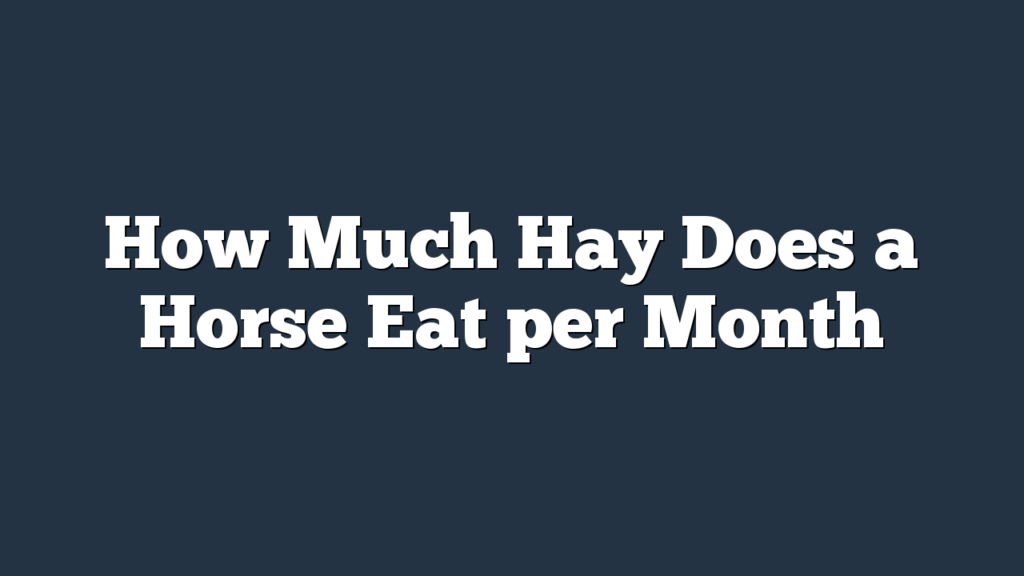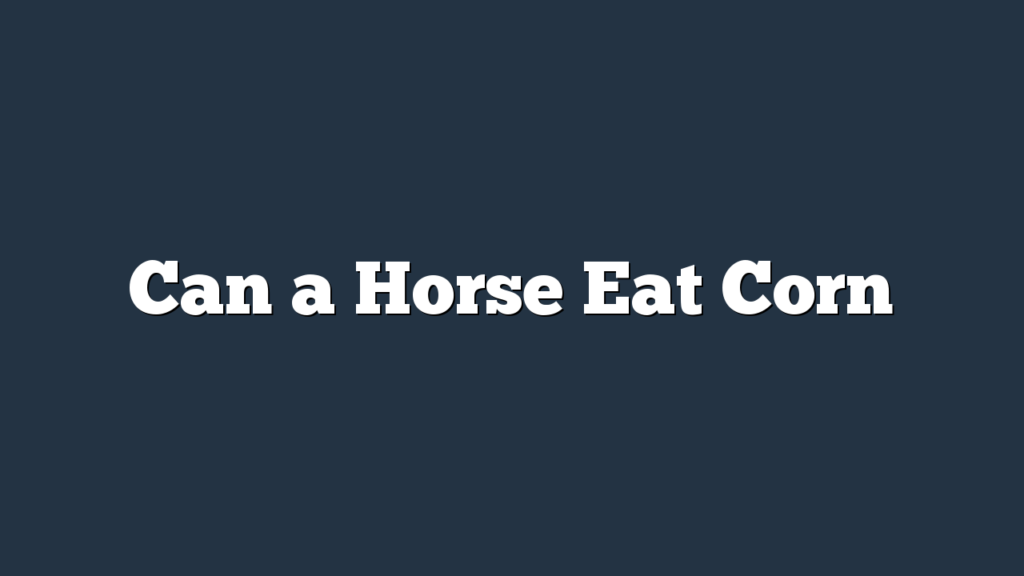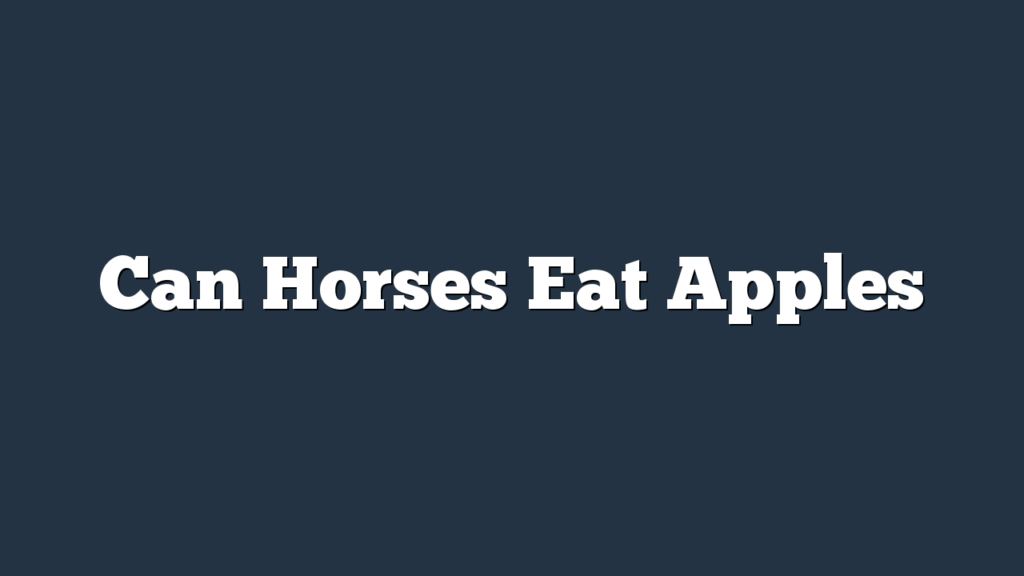Do you ever wonder how much hay your horse needs to eat in a month? Understanding the factors that affect hay consumption is crucial for ensuring your horse’s health and well-being.
In this article, we will explore the different horse sizes and their estimated hay requirements, as well as how age and activity level play a role.
Additionally, we will discuss the importance of grazing and how to monitor and adjust hay feeding for optimal health.
Factors Affecting Hay Consumption
To accurately determine the amount of hay your horse consumes per month, it’s important to consider the various factors that can affect their hay consumption. Two of the key factors to consider are hay storage and preservation, as well as hay quality and nutritional value.
When it comes to hay storage and preservation, it’s essential to keep the hay in a dry, well-ventilated area. Moisture can lead to mold growth, which can negatively impact the quality and nutritional value of the hay. Additionally, proper stacking and covering of the hay can help prevent spoilage and preserve its freshness.
The quality and nutritional value of the hay are also crucial factors to consider. Hay that’s harvested at the right time, when it’s at its peak nutritional value, will provide your horse with the necessary nutrients. It’s important to choose hay that’s free from dust, mold, and weeds, as these can be harmful to your horse’s health.
Estimating Hay Requirements for Different Horse Sizes
Estimate the hay requirements for different horse sizes by considering their weight and activity level. When it comes to estimating hay costs and calculating hay storage needs, it’s essential to understand how much hay your horse needs based on its size. Here is a table that provides a general guideline for estimating the hay requirements for different horse sizes:
| Horse Size | Weight (lbs) | Activity Level | Hay Requirement (lbs/day) |
|---|---|---|---|
| Small | 900-1,100 | Light | 10-15 |
| Moderate | 15-20 | ||
| Heavy | 20-25 | ||
| Medium | 1,100-1,400 | Light | 15-20 |
| Moderate | 20-25 | ||
| Heavy | 25-30 | ||
| Large | 1,400-1,800 | Light | 20-25 |
| Moderate | 25-30 | ||
| Heavy | 30-35 |
Keep in mind that these are just general estimates, and individual horses may have different needs. It’s important to monitor your horse’s body condition and adjust the hay ration accordingly. Also, consider factors such as age, metabolism, and overall health when estimating hay requirements. By accurately estimating your horse’s hay needs, you can effectively manage your hay costs and ensure you have enough hay storage to meet their needs.
Adjusting Hay Intake Based on Age and Activity Level
Adjust your horse’s hay intake based on its age and activity level. Hay intake management is an important aspect of maintaining your horse’s overall health and well-being. Nutritional considerations play a crucial role in determining the appropriate amount of hay to feed your horse.
For young, growing horses, it’s essential to provide them with ample hay to support their development. These horses have higher energy requirements due to their rapid growth, so increasing their hay intake is necessary.
On the other hand, older horses may have decreased dental function or difficulty in maintaining weight. Adjusting their hay intake to ensure they receive enough fiber and nutrients is crucial for their overall health.
Additionally, the activity level of your horse should also be taken into account when managing hay intake. Horses that are heavily exercised or involved in strenuous activities may require more hay to meet their increased energy needs. On the other hand, horses with lower activity levels may need less hay to avoid excessive weight gain.
The Role of Grazing in Hay Consumption
Grazing significantly impacts a horse’s hay consumption. Proper grazing rotation and pasture management can greatly reduce the amount of hay a horse needs to consume. Here are two ways in which grazing can affect hay consumption:
- Grazing Rotation:
By implementing a grazing rotation system, you can ensure that horses have access to fresh and nutrient-rich grass. This allows them to meet a significant portion of their dietary needs through grazing alone, reducing their reliance on hay.
Rotating horses between different pastures also helps prevent overgrazing and allows the grass to regenerate. This ensures a continuous supply of good-quality forage, minimizing the need for additional hay.
- Pasture Management:
Proper pasture management practices, such as regular mowing and fertilization, can promote healthy grass growth. This means that horses will have access to a greater quantity of nutritious grazing material, reducing their hay intake.
Additionally, ensuring that pastures are free from harmful weeds and toxic plants is essential. When horses have a variety of safe and appetizing grasses to choose from, they’re more likely to graze and consume less hay.
Monitoring and Adjusting Hay Feeding for Optimal Health
How can you ensure that your horse’s hay feeding is monitored and adjusted for optimal health?
The key to achieving this is by establishing a feeding schedule and ensuring the quality of the hay.
A consistent feeding schedule is essential for a horse’s digestive health. Horses are creatures of habit, and they thrive on routine. By providing hay at consistent times each day, you can help maintain a healthy digestive system and prevent issues such as colic.
Additionally, monitoring the quality of the hay is crucial. Hay should be free from mold, dust, and weeds. It should also be stored properly to maintain its nutritional value. Regularly inspecting the hay and checking for any signs of spoilage will help ensure that your horse is receiving the best possible nutrition.
Adjusting the hay feeding based on your horse’s needs is also important. Factors such as age, activity level, and overall health can all influence the amount of hay your horse requires. Consulting with a veterinarian or equine nutritionist can help you determine the appropriate amount of hay to feed your horse to ensure optimal health.
Frequently Asked Questions
How Much Hay Should I Feed My Horse if It Is Pregnant or Nursing?
During winter, you should feed your pregnant or nursing horse more hay to meet their increased nutritional needs. When transitioning from hay to pasture feeding, do it gradually to prevent digestive issues.
Can I Feed My Horse Haylage Instead of Regular Hay?
You can feed your horse haylage instead of regular hay. It has benefits over regular hay, such as easier storage and higher nutrient content.
Should I Soak Hay for Horses With Respiratory Issues?
Soaking hay for horses with respiratory issues has benefits like reducing dust and making it easier to chew, but drawbacks include nutrient loss. Alternatives to soaked hay include haylage or steaming hay.
Can I Feed My Horse Hay Pellets or Cubes Instead of Baled Hay?
Feeding alternatives like hay pellets or cubes can be used instead of baled hay, providing convenience and reducing waste. However, it’s important to consider the nutritional value and ensure your horse’s dietary needs are met.
How Do I Know if My Horse Is Eating Too Much or Too Little Hay?
If you’re unsure if your horse is eating too much or too little hay, there are signs to watch for. Look for hay allergies like coughing or nasal discharge, and measure hay intake accurately to ensure they’re getting enough.
Conclusion
Based on the factors affecting hay consumption, estimating the amount of hay a horse eats per month can vary. However, by considering the horse’s size, age, activity level, and the role of grazing, you can monitor and adjust hay feeding for optimal health.
It’s important to ensure that horses receive enough hay to meet their nutritional needs and maintain a healthy weight. Regular monitoring and adjustments can help keep horses happy and healthy.



